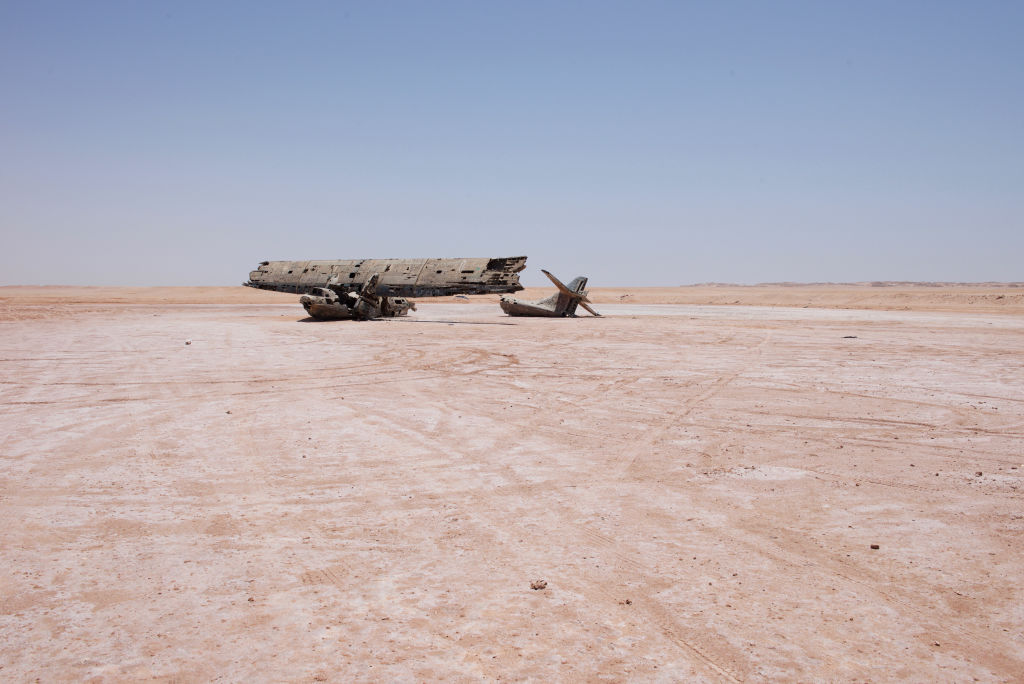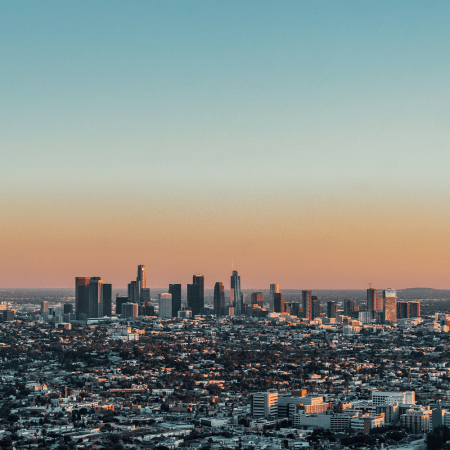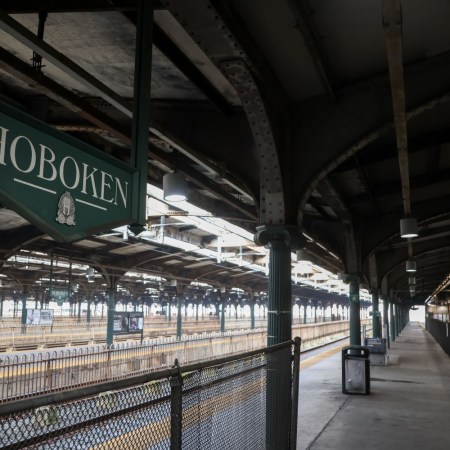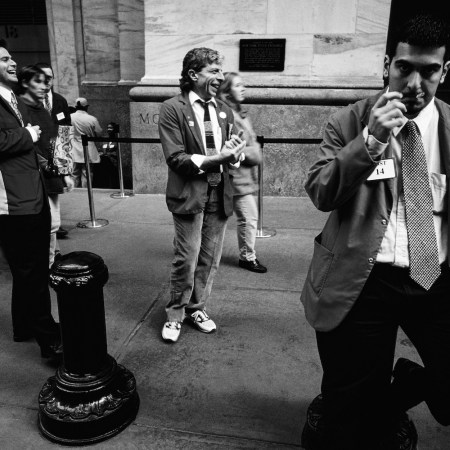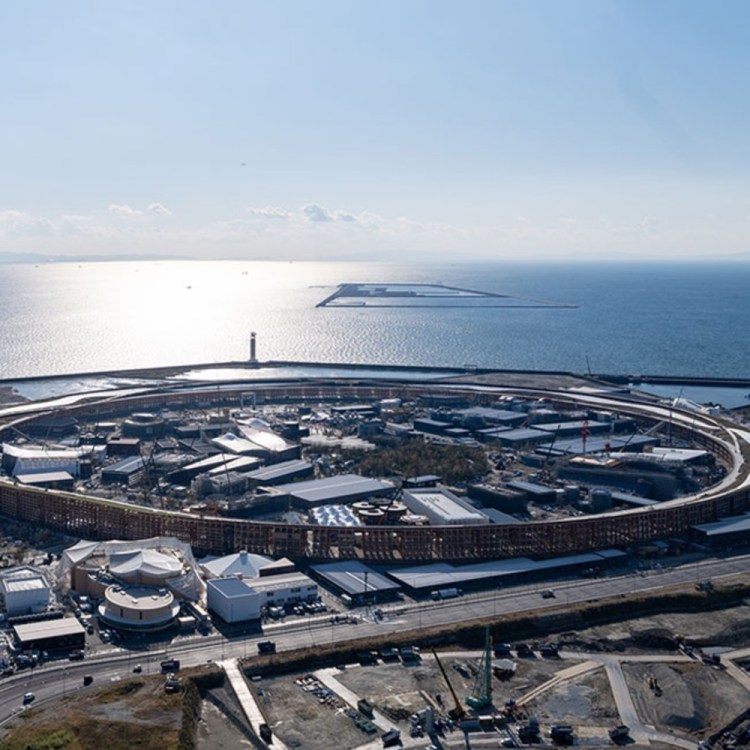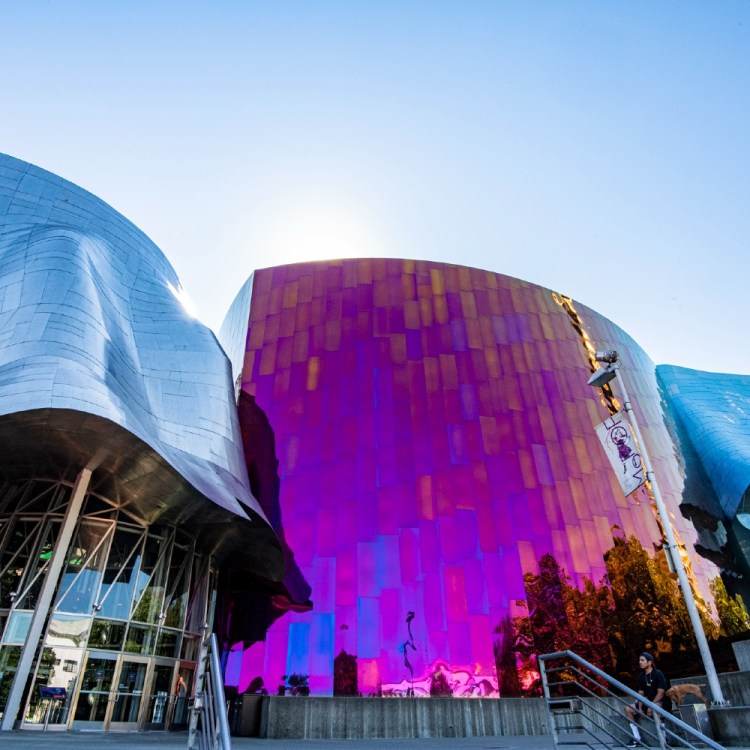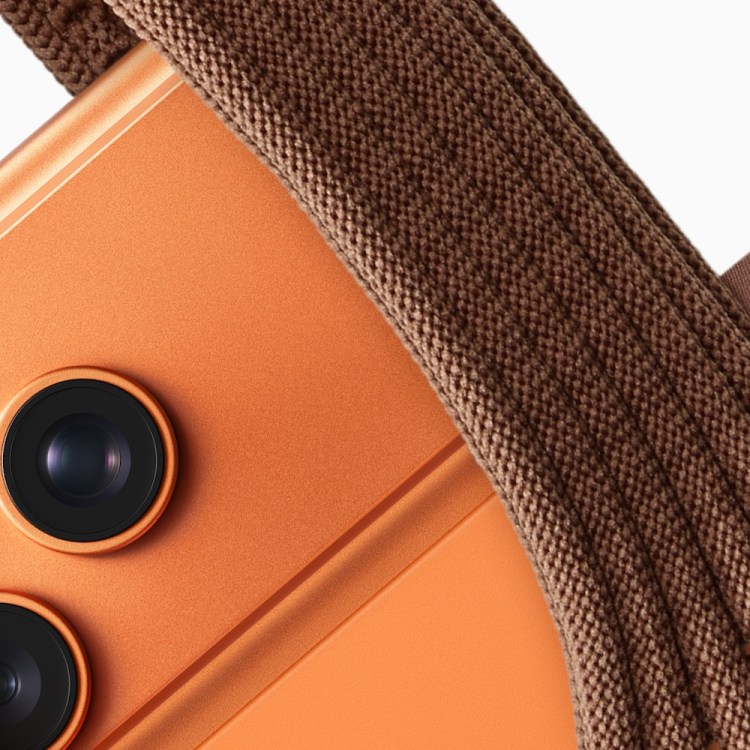It isn’t hard to see the appeal of a kind of technology-driven utopianism factored into urban design. The idea that connecting more pieces of urban infrastructure to the internet — and making certain parts of the landscape more responsive to the people interacting with it — could make for a more livable experience is understandable. And with more and more everyday objects being interconnected — the way you can use your phone to pay for a ride on public transit, for instance — shows this concept going from theory into practice.
But there are also privacy and security concerns that came come with the expansion of the Internet of Things. And just as different people will have different comfort levels with some aspects of technology, so too might there be a growing debate about applying some of those principles on a city-wide level.
A recent article in MIT Technology Review explored the way that Toronto turned away from a smart city plan in collaboration with the Google-owned Sidewalk Labs. As Karrie Jacobs writes, the original plan, known as Quayside, “could have demonstrated that the sensor-laden smart city model embraced in China and the Persian Gulf has a place in more democratic societies.” Instead, the city has opted for a very different, and more organic approach.
Last year, another Sidewalk Labs project — this one in Portland, Oregon — also fell by the wayside. That’s not the only stumbling block for the smart city. A massive article from Bloomberg Businessweek details the challenges of getting Neom in Saudi Arabia up and running.
Author Vivian Nereim describes the project as a particular favorite of crown prince Mohammed bin Salman. The goal, Nereim writes, involves “a showpiece that will transform Saudi Arabia’s economy and serve as a testbed for technologies that could revolutionize daily life” — including everything from smart appliances to swimming lanes for commuters.
It’s an intriguing prospect, but — as Nereim describes — the process of making that a reality is proving difficult. “[T]he chaotic trajectory of Neom so far suggests that MBS’s urban dream may never be delivered,” Nereim writes.
While the idea of building an entirely new city — or an entirely new neighborhood in an existing city — is challenging enough, there’s also plenty of work to be done to make existing cities more accessible, rewarding and human-centric. This weekend, the New York Times ran an article on the current state of Sara D. Roosevelt Park, situated in the Lower East Side and Chinatown.
It could be a great urban space for nearby residents, and the issue described as a stumbling block to that end in the article — finding a new storage space for Parks Department equipment — seems far easier to accomplish than bringing in fully transforming the region around it. Sometimes, it’s the modest changes that can have the greatest impact.
Thanks for reading InsideHook. Sign up for our daily newsletter and be in the know.
